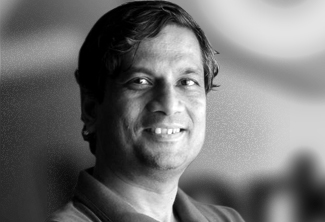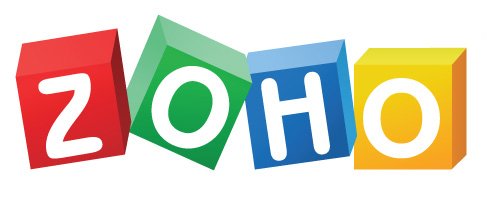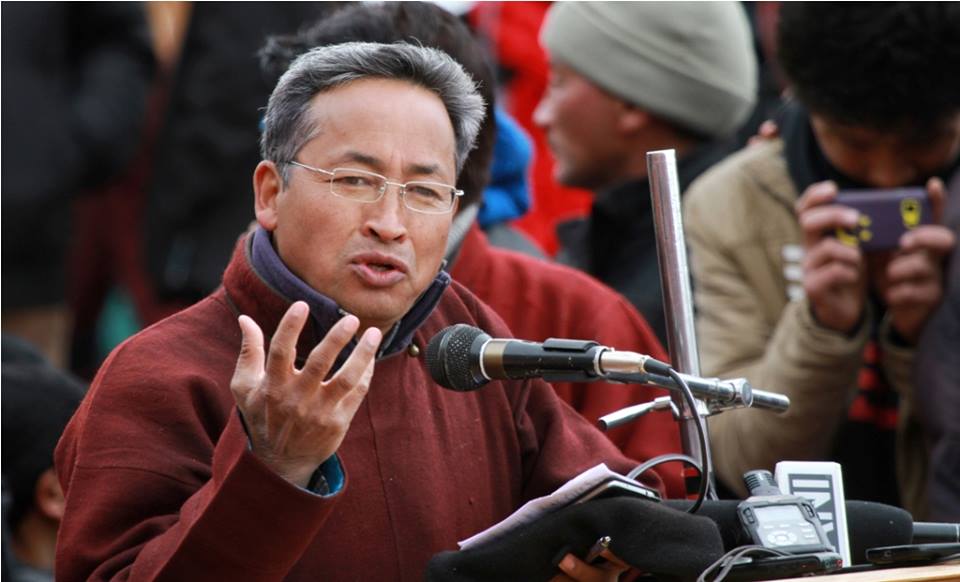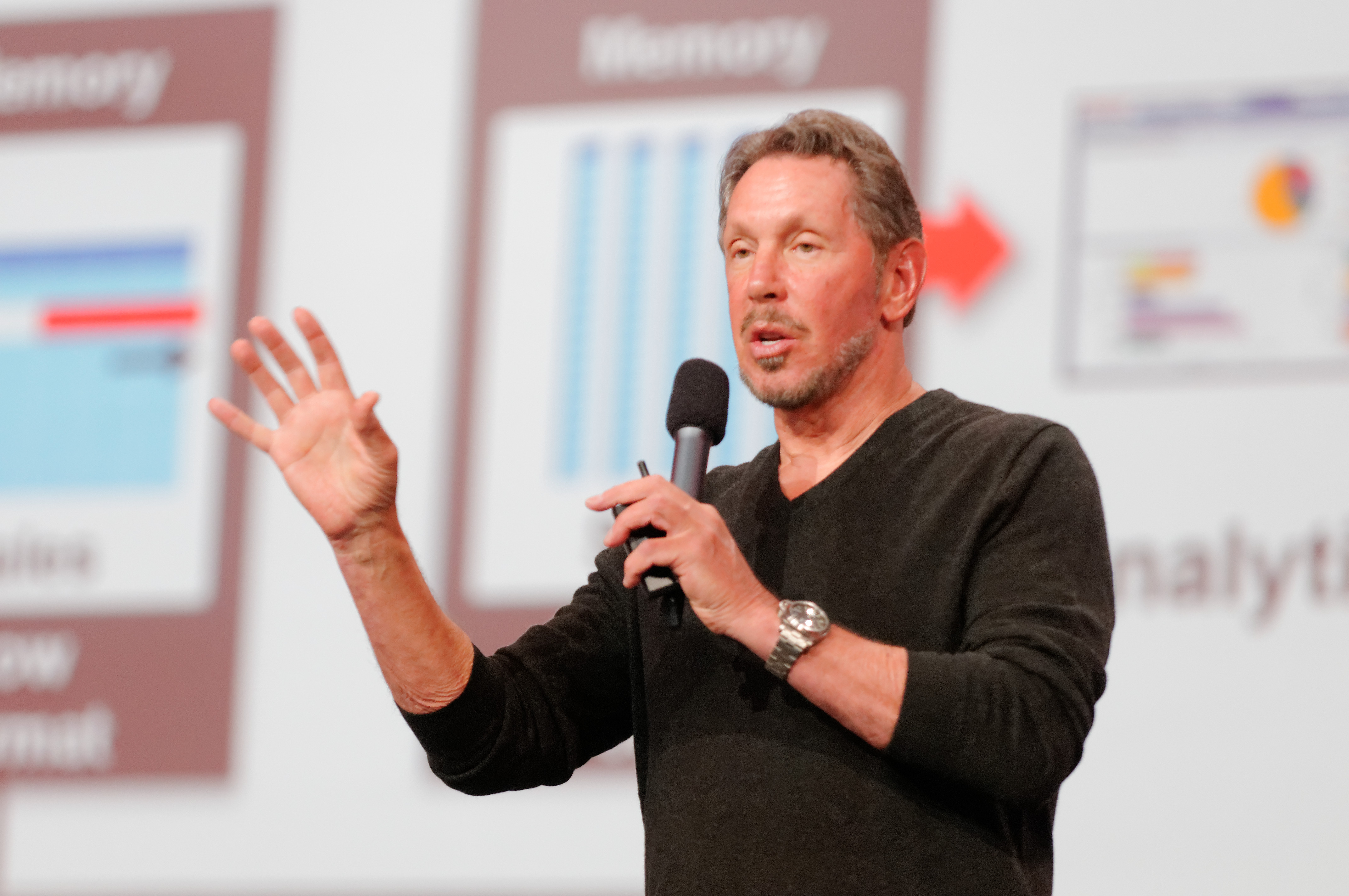Ursula Burns: The first black women CEO of a fortune 500 company
It all started with a woman, living in the rough and tumble public housing projects on the Lower East Side of Manhattan, believing that educating her children was the only solution to all her problems, mostly poverty. This woman was Ursula Burns’ mother.
“We were poor for sure but my brother and my sister and I were shielded totally form this poverty and we were shielded by this one person and that was my mother”, says Ursula, who was ranked by Forbes magazine amongst the most powerful women on the planet. She adds, “she was a frantic every day to try to make sure that we were safe and fed and educated”.
Her mother used to make $4400 a year, half of which was spent in sending her three children into a catholic school. Ursula remembers her childhood and says, “we got dental care by her (Ursula’s mother) cleaning the dental office. We got healthcare by her cleaning the doctor’s office”.
So, when Ursula completed her schooling and was looking forward to start her college life, her primary motive was to choose a degree course that would help her earn lot of money. After doing some research she came to know that Chemical engineering promised a carrier with the maximum monetary gains. She applied to various colleges and got admitted to Brooklyn Polly.

At Brooklyn Polly, after attending the first lecture, she realized two things. First, she wasn’t good at chemistry. Second, she hated the subject. Disappointed, she decided to stick to her previous plan of being a teacher, which she had abandoned after knowing the salary of a teacher. She also thought of becoming a nun or a nurse.
Fortuitously, her advisor suggested her to look out for other branches of Engineering. Ursula Burns settled for Mechanical Engineering and in her own words, ‘rest is history!’
She was hired by Xerox in 1980 as an intern and a year later she was made a permanent employee. About the time when she joined the firm Ursula recalls, ‘when I joined in 1980 there were literally and virtually no women in engineering.’ She also adds that the absence of any black women in the engineering department became a significant advantage for her. Being different from the crowd she was easily and frequently noticed.
She slowly climbed the ladder of numerous positions before becoming the CEO of the company, thirty years later. She appreciated Xerox’s policy of not asking her to become something or someone they want. All they wanted was her hard work and efforts and in return provided her with ample opportunities. One of the reasons, she admits, that she stayed at Xerox all this time through was that the company stood upon their promises.
Besides Xerox, Ursula Burns has served on numerous professional and community boards, which includes Exxon Mobil Corporation, American Express, Boston Scientific, National Association of Manufacturers, University of Rochester, the MIT Corporation, the Rochester Business Alliance, and the RUMP Group. She is also among the founding Board of Directors of Change the Equation, which is an organization that focuses on improving STEM-based education in the United States.
Ursula became the first black-African women CEO of a fortune 500 company. In 2014, Forbes ranked her the 22nd most powerful women in the world.
In a speech she delivered at MIT she recalls an advise her mother gave her: Where you are is not who you are. ‘…until I became the president of Xerox and I started to realize that if you don’t check yourself early you’ll start to become these ugly people these ugly leaders who think they’ve so much and that they’re so far away from the people who actually make the world go.’
In the same commencement speech at MIT, from where her own son graduated, she concluded by saying,
‘The measure of money is the least important measure over the long term.’

Yogesh Pandey is the author of the novel, The Pragmatic (2016). He is currently pursuing his masters from Fergusson College, Pune.
He also runs a YouTube channel named Hard Reads, which is all about books and reading. He is an avid reader and is doing research in the field of Astrophysics.




